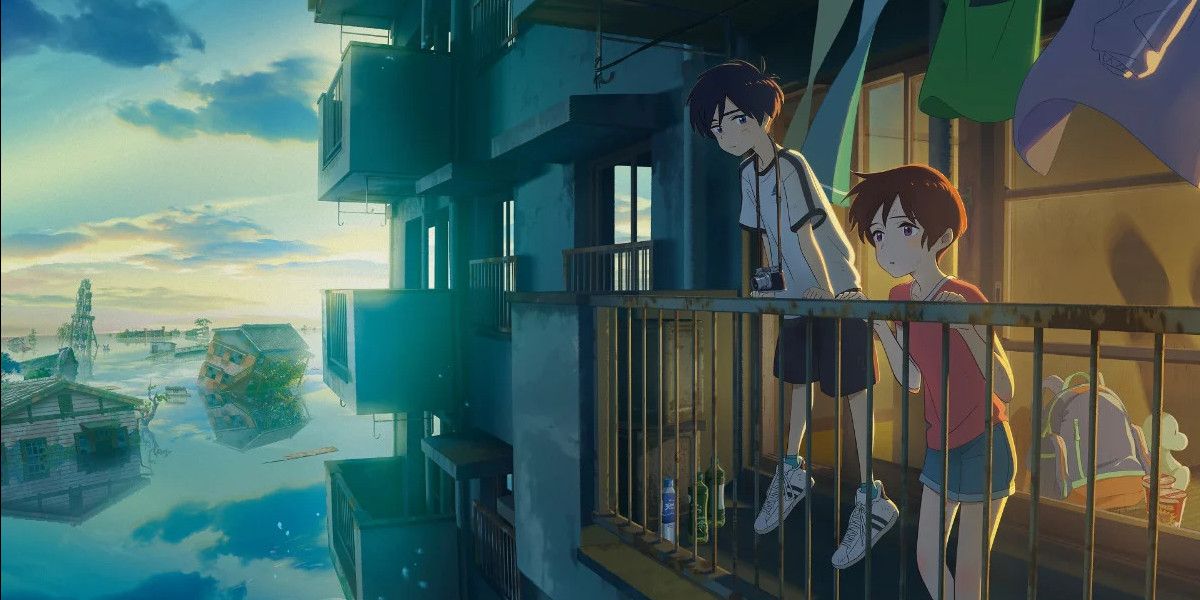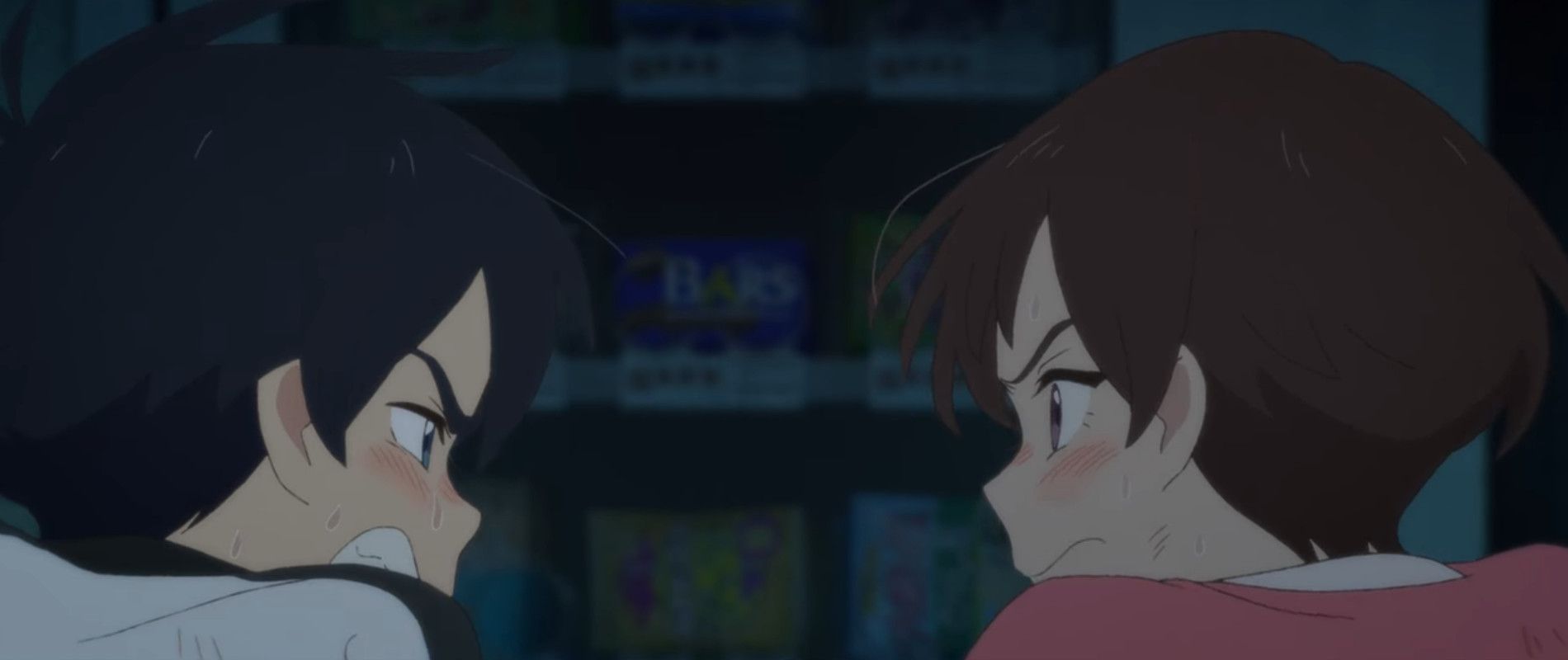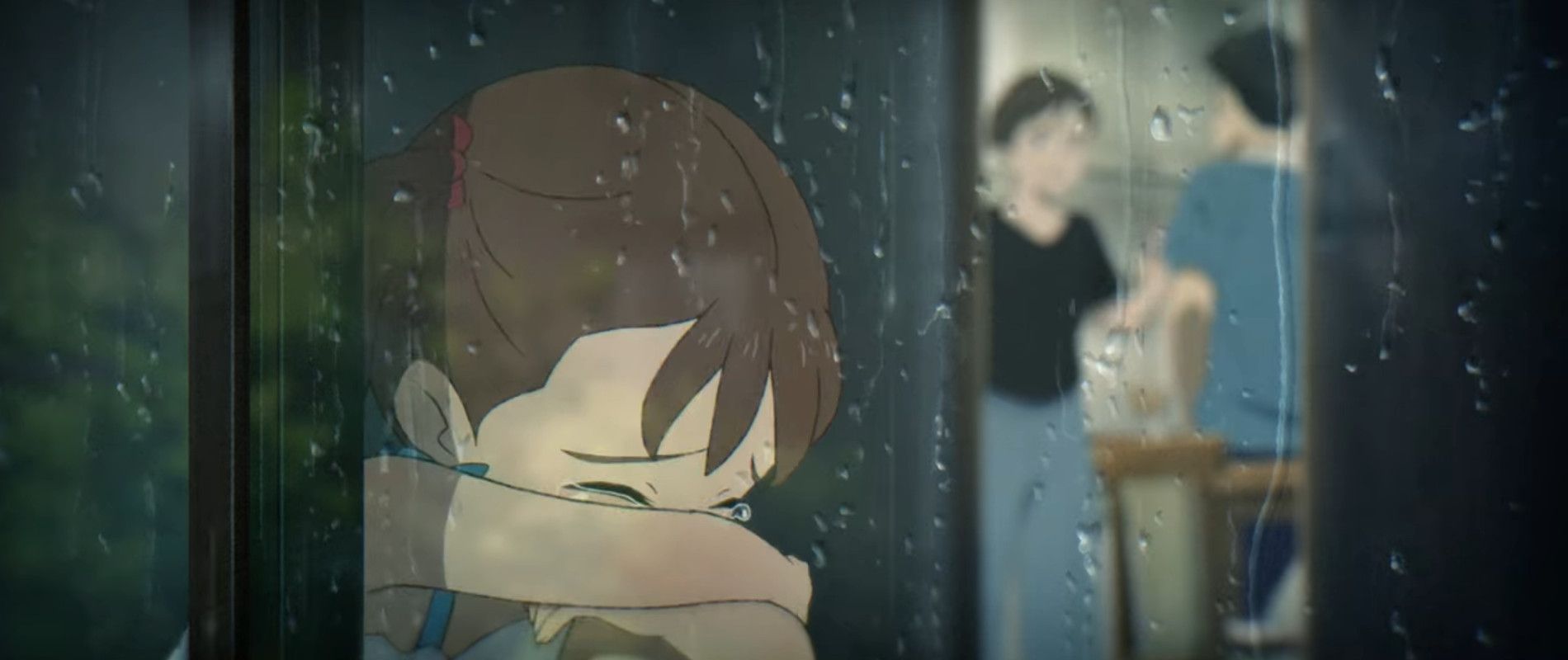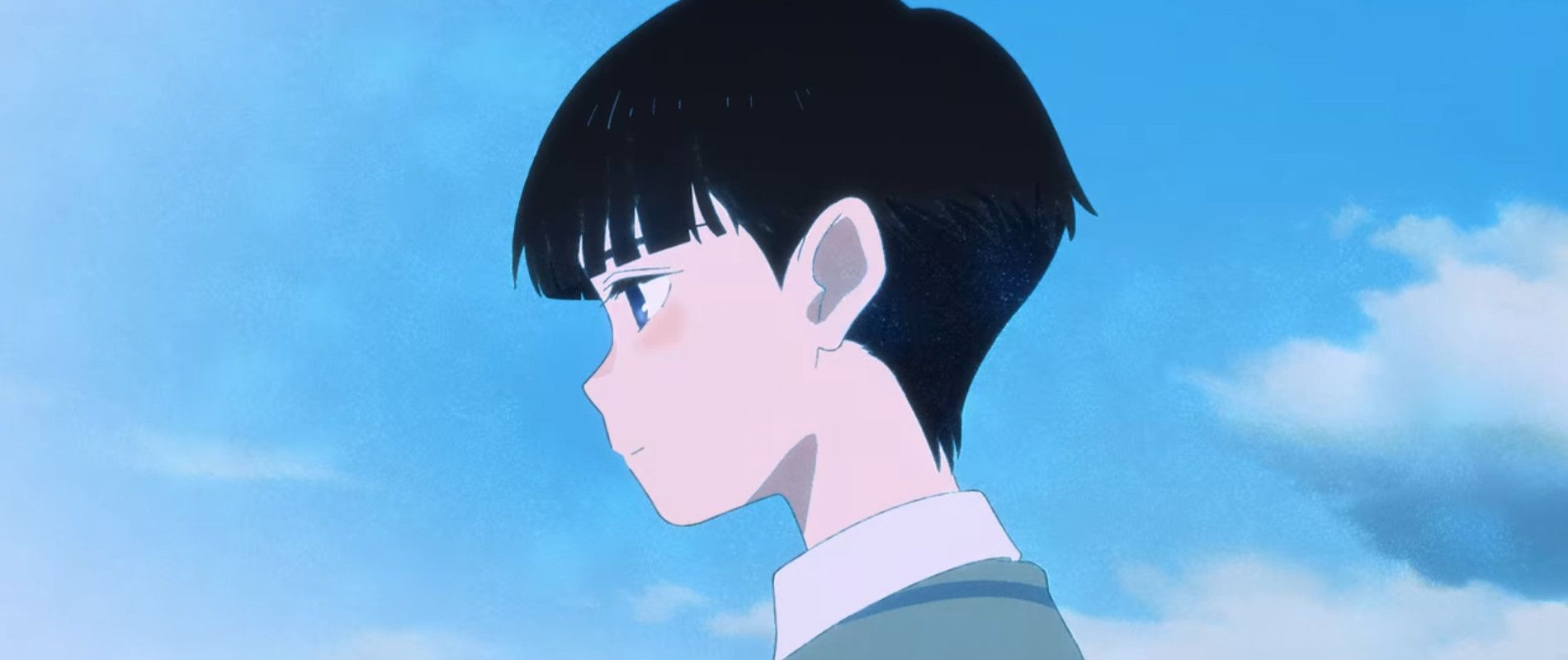The newest film released by Studio Colorido, Drifting Home, was expected to follow the trend of success of the studio that produced it -- and it delivered. Drifting Home has a multitude of qualities that formed a great visual story, from its animation and lighting to its voice acting and music, but it was the plot and characters that were truly engaging. Similar to the film A Silent Voice, the characters' troubled childhoods and the emotional weight they carry from their past speak volumes.
Drifting Home delves into far more than the surface-level plot point of children attempting to survive in a floating apartment. While this does show some shattering of the secondary characters' innocence, with situations such as contemplating the possibility of starving to death, Juri Ando suffering a terrible head injury in a fall, and Reina Hama growing to understand the differences in people and not be afraid of them, all these scenarios are clear for the audience to follow. The real challenge to innocence comes in the forms of the main characters' broken relationship and childhood traumas, as well as the consequences of the spirit of the apartment's desire for the past.
Kosuke and Natsume’s Relationship
The relationship between the two primary characters, Kosuke Kumagai and Natsume Touchi, is the driving force of the film. While there are many other elements, such as an apartment drifting over an ocean in some unknown reality and the struggle for survival, the main focus of the film is how their relationship flourished, crashed and at the point in the film, is a shadow of what it once was. Although it's not apparent at first the exact details of why the relationship had become so sour, it is implied to be in connection to the passing of Kosuke’s grandfather, Yasuji Kumagaya.
The interesting development of the struggling relationship is revealed later in the film. At first, it appears that Kosuke holds a grudge against Natsume for "barging" into his family and commandeering the time he had his with grandfather, becoming another child to take up the attention, and upon his grandfather's death, they had fallen at odds due to this fact. However, as the story exposes Natsume’s past, the situation is clearly far more complicated. An argument between the two children had interrupted Kosuke’s last chance to say goodbye to his grandfather, but it was not Kosuke who bore a grudge to the point of dismantling their relationship; it was Natsume’s guilt due to the trauma of her previous home life that forced her to set up barriers to protect herself.
Natsume’s Childhood
The challenging regression of Kosuke and Natsume’s relationship not only derives from the passing of Yasuji but from the trauma Natsume suffered as a young child. Her mother and father were in a verbally abusive marriage and repeatedly fought with each other in Natsume's presence. In fact, Natsume cannot recall a time when she was truly happy living with her parents. At one point, an argument escalated to the point of becoming briefly physical, and this was a breach too far. Her father and mother separated, and Natsume was sent to live with Kosuke and Yasuji. The way Drifting Home depicts the pain Natsume experiences is very real, and her behavior is given clarity, truly bringing the reality of the masks she wears to light; at such a young age, the entire situation is made that much more tragic.
There are moments in the film where Natsume and Koksuke’s behavior is frustrating, but understandably so. It becomes clear why Natsume is the way she is, and Kosuke is the key to breaking through her exterior, but due to their difficulties in processing their emotions, their interactions are stifled and, at numerous times, only a few words shy of rekindling their past familial love. The film expertly uses this to keep the audience on the edge of heartbreak, feeling the pain that Natsume keeps inside as she uses her mask to avoid connecting with others and Kosuke’s struggle to express how he truly feels due to a lack of understanding Natsume’s feelings.
Noppo, the Spirit of Apartment 112
There is another aspect of innocence being shattered that is slightly more hidden within the narrative. Noppo, while it is never outright stated, can be considered the spirit of the apartment complex. In Shintoism, it is believed that everything can have a spirit, including inanimate objects. If the object has been mistreated, it can create a vengeful spirit. This can be extended to a building itself, which is the implication in Drifting Home. It is debatable how connected to Shinto lore the idea of the building's spirit is, but it can be interpreted that the buildings in the film that saw happiness within their walls manifested spirits of happiness, while those that did not sunk to the bottom of the endless ocean, destroying everything within their depths in vengeance and envy.
Noppo is the heart and soul of apartment 112 itself and had watched over people for many years, feeling the love they shared and living with them as one. This was particularly focused on Kosuke, Natsume and Yasuji, as Noppo enjoyed observing their times of joy and seeing their smiles. This desire to regain the time of happiness Noppo experienced before Kosuke and Natsume left accidentally caused him to bring them into the ocean world for dismantled buildings. The film is the consequence of Noppo’s wish to cling to past innocence and times of happiness, unable to accept the current situation and move on. It is not until Noppo realizes that, while the past is no more, it does not mean that the future is full of sadness, and his love for Kosuke and Natsume becomes the saving grace in the film's climax.
Drifting Home examines the innocence of children in several aspects. Some aspects of this are on the surface for the audience to follow, while others lie within the complicated relationships the characters shared or are rooted in childhood trauma. The film tackles such issues with maturity and realism, leading the audience to conclude certain elements through implication, which makes the journey all the more heart-wrenching. As an emotional adventure, Drifting Home is Studio Colorido’s finest production to date, and it is a must-watch for any anime fan. For two hours of bouncing between happiness, sadness and reflection, Drifting Home can be streamed via Netflix.




